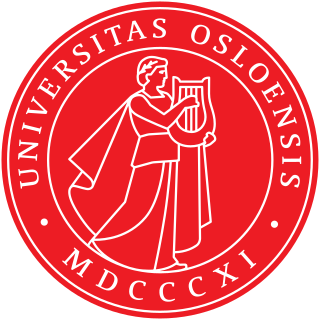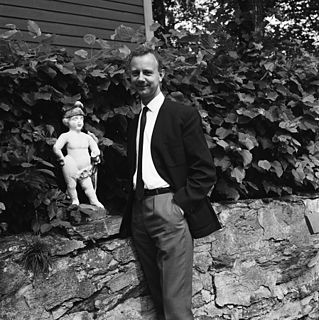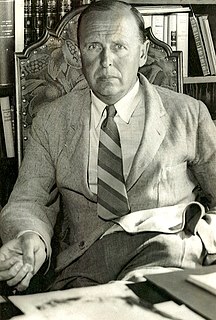Thorleif Dahl
Thorleif Dahl (1891- 1967) was a Norwegian advertising man, publisher, scholar and patron of the arts. He was educated as a classic historian at the University of Oslo. After his elder brother Georg Sverdrup Dahl died in 1922, he saw himself obliged to continue the advertising agency his brother had established, Sverdrup Dahl A / S. His success in business enabled him to donate substantial sums in support of his strong interest in art, culture and enlightenment. In 1956, he created a foundation linked to the Norwegian Academy for Language and Literature. The Norwegian Academy Prize in memory of Thorleif Dahl was named in his honor. [3]
Thorleif Brandtmann Dahl was a Norwegian philologist and businessperson. He was born in Kristiania. He was chief editor of the series Aschehougs verdenshistorie, published from 1953 to 1958, and of the series Vårt folks historie, published from 1961 to 1964. After the death of his brother he had taken over a profitable advertising agency established by his brother. Dahl is remembered for his generous donations to cultural purposes, in particular the funding of "Thorleif Dahls kulturbibliotek", a series of classical books translated into Norwegian language. His name is coupled to the Norwegian Academy Prize in memory of Thorleif Dahl.

The University of Oslo, until 1939 named the Royal Frederick University, is the oldest university in Norway, located in the Norwegian capital of Oslo. Until 1 January 2016 it was the largest Norwegian institution of higher education in terms of size, now surpassed only by the Norwegian University of Science and Technology. The Academic Ranking of World Universities has ranked it the 58th best university in the world and the third best in the Nordic countries. In 2015, the Times Higher Education World University Rankings ranked it the 135th best university in the world and the seventh best in the Nordics. While in its 2016, Top 200 Rankings of European universities, the Times Higher Education listed the University of Oslo at 63rd, making it the highest ranked Norwegian university.





